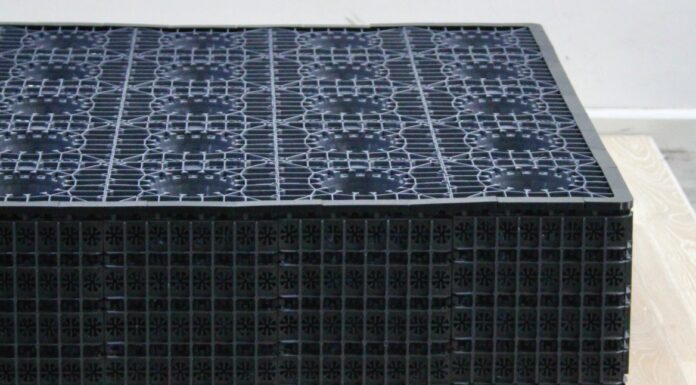
Australia’s manufacturing sector remained under pressure midway through the third quarter of 2024, with the latest Purchasing Manager’s Index (PMI) data from Judo Bank indicating ongoing deterioration in sector conditions.
Despite some signs of optimism, the industry grappled with declining new orders, reduced production, and tightening supply conditions throughout August.
The headline seasonally adjusted Judo Bank Australia Manufacturing PMI rose slightly to 48.5 in August, up from 47.5 in July.
Although this marks the softest pace of contraction since May, it still signifies the seventh consecutive month of declining sector conditions.
“While slightly below the neutral level, the Australian Manufacturing PMI rose in August and is now at the highest level in three months,” said Warren Hogan, chief economic advisor at Judo Bank.
“Australia’s manufacturing industries have been in an extended soft patch for 18 months with the PMI readings and activity indicators moving around between index levels of 45.0 and 50.0.”
Manufacturing production contracted at the fastest pace since March, driven by another significant reduction in new orders.
Many Australian manufacturers attributed this decline to the adverse effects of high interest rates and subdued domestic demand.
However, there was a silver lining, as foreign demand conditions showed improvement, with export orders rising for the first time since May.
The increase in export orders, particularly from mainland China and Southeast Asian economies, was the most pronounced since September 2022.
“However, the August report shows some green shoots with a jump above the 50.0 mark for new export orders and a jump up in the future output index to the highest level in 18 months,” Hogan added.
“But we saw a similar green shoot earlier this year that gave way to renewed weakness by June.”
The reduction in overall new orders led to a further decrease in backlogged work, prompting manufacturers to cut headcounts for the third consecutive month.
Despite this, the pace of job shedding slowed, with reports indicating that some firms were hiring in anticipation of future output increases.
“New orders and output remain soft at readings below 50.0, while employment rose above 50 to signal an expansion in the demand for labour in manufacturing. The good news is that conditions in the manufacturing sector are not deteriorating, although a genuine recovery remains elusive,” Hogan noted.
Inventory levels also declined, as manufacturers hesitated to accumulate stock amidst falling new orders.
Supply chain disruptions, particularly in the Red Sea region and Southeast Asian ports, worsened lead times, contributing to rising transport costs and exacerbating cost inflation in August.
“Unfortunately, there are no signs of easing manufacturing price pressures coming through the survey in the middle of 2024,” Hogan stated.
“This is consistent with the rising Producer Price Index from the Australian Bureau of Statistics. The June quarter shows an increasing trend with a 4.8% annual rate recorded.”
As manufacturers raised selling prices at a faster pace to cover these costs, both input cost and output price inflation remained below their respective series averages in August.
However, the ongoing pressures suggest that the road to recovery for Australia’s manufacturing sector remains challenging.
“Final prices rose towards a 55.0 index reading in August, which, if sustained, will lead to the highest readings in more than a year,” Hogan warned.
“Manufacturing output prices can be volatile month-to-month, so this needs to be monitored in the months ahead.”



















